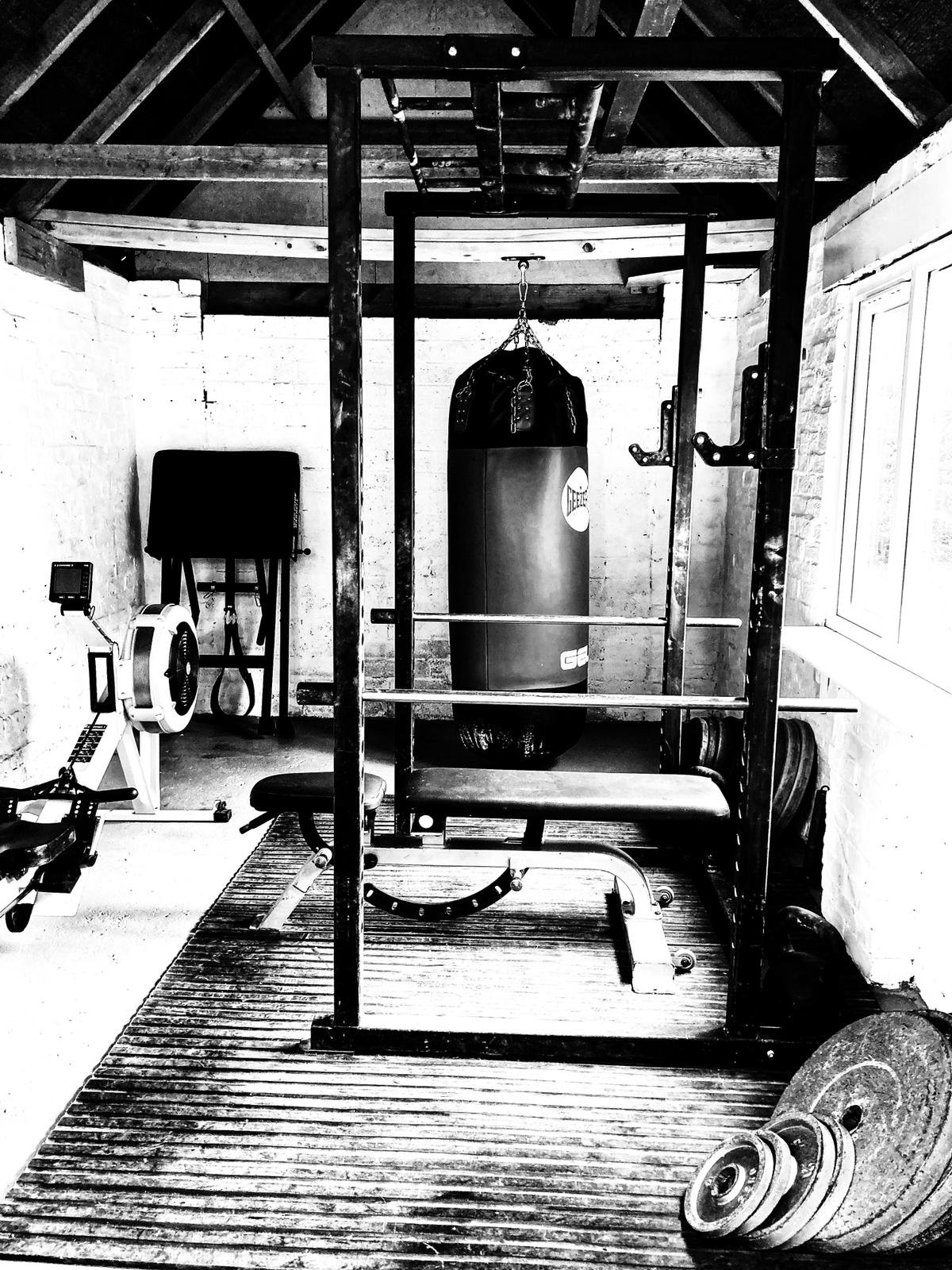Of the physical qualities that can be developed through exercise, strength is arguably the most important. Day to day tasks, whether these be moving heavy objects around your house, gardening, or picking up your children or grandchildren, all require strength. Greater strength and muscle mass make these simple day-to-day tasks easier. Training for strength increases bone density and muscle mass in trainees, and thus has proven benefits for age related conditions such as sarcopenia and osteoporosis.
Strength training improves your cardiovascular fitness, due to its beneficial effects on the heart and lungs. In combination with a sensible diet, strength training will also lead to body fat loss and an improved appearance.
In terms of training for athletic performance, greater strength is also an asset. Whether you are a boxer looking to improve the power or speed of your punches, a wrestler or judoka looking to improve the power of your throws, or a tennis player or golfer looking to increase the power of your serve or drive, training for strength will assist you.
How to obtain strength
Strength is best obtained through physical exercise involving resistance (weight). There are various means of adding resistance, but the most efficient and effective method is through the use of a barbell. The reasons for this are numerous, but of primary importance is the fact that by using a barbell, normal human movements which involve as much muscle mass in the human body as possible can be loaded incrementally. This ensures that progress occurs, and it is through training in a progressive manner that strength and muscle mass are ultimately developed.
Common training mistakes
Where many trainers and trainees go wrong is in the merry go round of exercising until ‘tired’ or ‘fatigued’ without evidence of measurable progress having taken place, this leads to trainers and trainees indulging in endless training variety to no real purpose. It is also common in gyms to see trainees performing exercises with poor form that is sure to lead to a bad injury, even if one can get away with it for some time. Frequently these are younger trainees who have yet to learn that the physical robustness of your teens and twenties does not last forever.
Another common pitfall is in engaging in a weight training routine consisting primarily of isolation exercises, for example, dumbbell flyes, and concentration curls. Isolation exercises have very little benefit for beginner or intermediate trainees, as they do not involve a sufficient amount of muscle mass to actually contribute to strength gains or an improvement in appearance, and due to the light weights that are by necessity used, these exercises are not incrementally loadable over the long term to ensure continued progress.
On a similar note, training on machines (such as a smith machine) does not contribute to improved balance and coordination as exercising with a free weight barbell does. Machine training also tends to lock one into fixed and unnatural movement patterns, which can lead to joint pain and injuries. Accordingly, basing your training routine around exercises on machines is generally best avoided.


